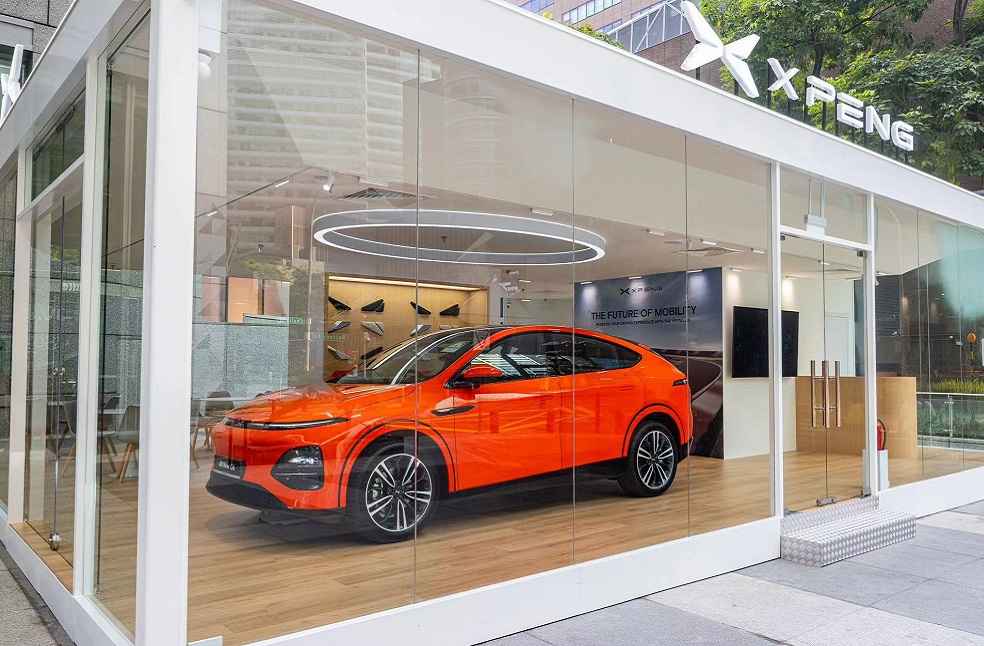Volkswagen Group China and XPeng declared that their collaboratively developed zonal electrical and electronic system, known as the E/E Architecture, is set for wider implementation.
XPeng and Volkswagen revealed the expanded scope of their E/E architecture partnership on Friday in China. Initially centered on electric vehicles under a July 2024 Master Agreement, the collaboration now extends to internal combustion engine (ICE) and plug‑in hybrid (PHEV) platforms. The broader integration supports Volkswagen’s push toward software‑driven mobility by enabling faster software iteration, over‑the‑air updates, and streamlined production timelines.
“This expanded technical collaboration on E/E Architecture marks another milestone in the long-term strategic partnership between XPENG and Volkswagen Group, driving continuous strategic value creation for both parties,” XPeng stated.
The joint R&D team has engineered and validated the E/E architecture originally crafted for electric vehicles, proving its suitability for both ICE and PHEV platforms.

The technical collaboration is expected to increase the number of models in China utilizing the architecture, allowing Volkswagen to benefit from platform efficiency.
For Volkswagen, the expansion simplifies the integration of advanced ADAS and AI-driven infotainment across its model range. XPeng, on the other hand, leverages the architecture’s globally certified flexibility to generate steady licensing income, with analysts forecasting annual revenues of $500 million by 2027.
The partnership also includes infrastructure development, featuring a shared ultra-fast charging network covering 20,000 stations across 420 cities in China.
Volkswagen Group China plans to introduce 30 new energy vehicle (NEV) models by 2027, with approximately 30 fully electric models expected by 2030 across its AUDI and Volkswagen lineups.
TRENDING | Polestar 3 Breaks EV SUV Record with 581-Mile Journey





